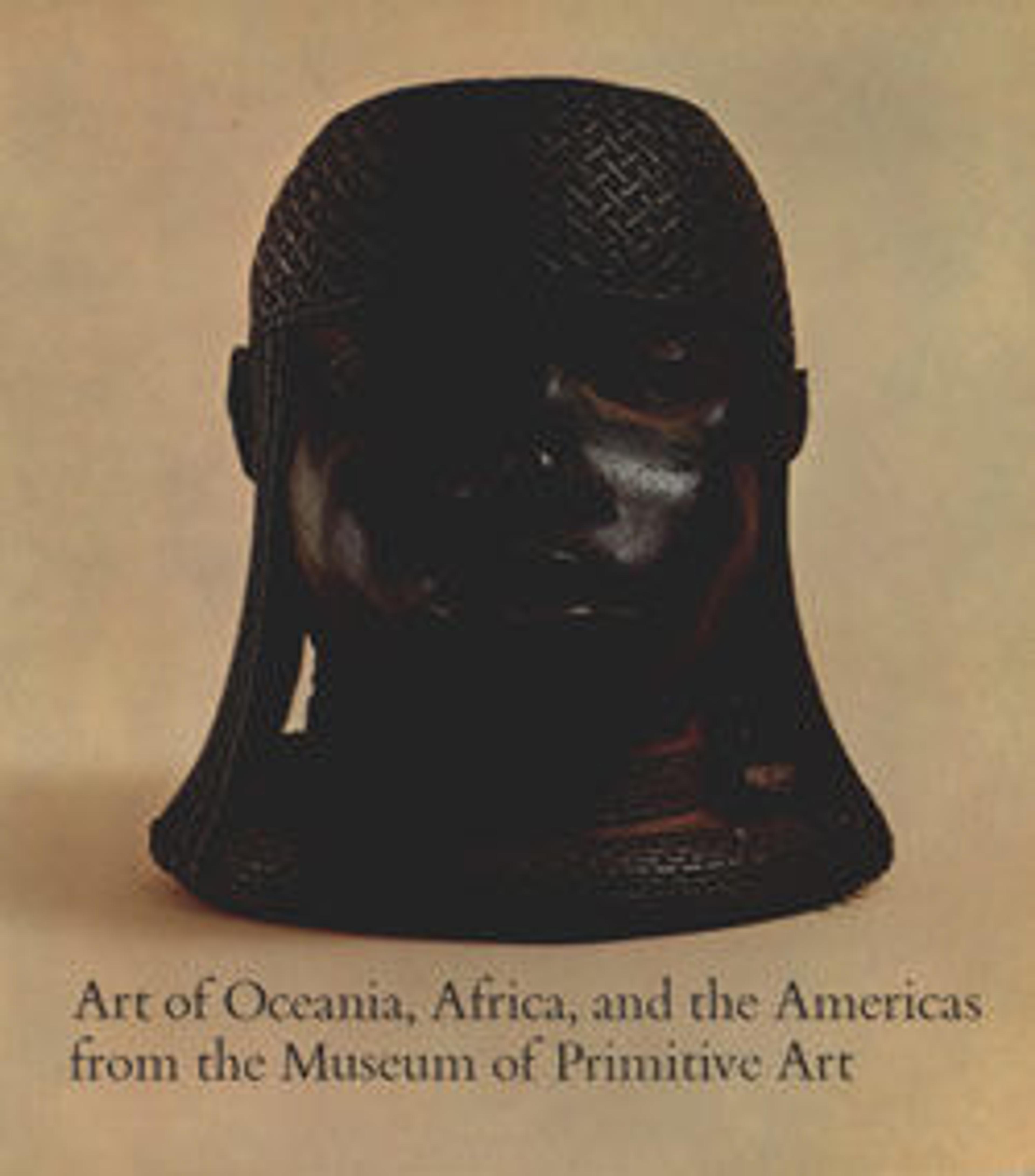Imina satimbe (female figure face mask)
Dogon masks are conceived to harness the volatile powers that exist in the wilderness outside their communities. The making and wearing of masks in Dogon society is a secretive process that reinforces boundaries between men and women. Women are not permitted to approach masked figures or have masked funeral ceremonies; exceptions are only made for those born during the sigui festival held once every sixty years. These women are initiated into an elite female-only group known as yasigine and become responsible for the brewing of millet beer and its distribution to masquerade performers. Satimbe masks pay homage to yasigine initiates as mediators across gendered divisions. The combination of breasts and phallic imagery that defines this figure’s head and neck reinforces the interstitial role of yasigine.
Artwork Details
- Title:Imina satimbe (female figure face mask)
- Artist:Dogon artist
- Date:First half of 20th century
- Geography:Mali, Bandiagara Escarpment
- Culture:Dogon peoples
- Medium:Wood, pigment, applied organic materials
- Dimensions:H. 43 in. × W. 21 1/2 in. × D. 8 in. (109.2 × 54.6 × 20.3 cm)
- Classification:Wood-Sculpture
- Credit Line:The Michael C. Rockefeller Memorial Collection, Purchase, Nelson A. Rockefeller Gift, 1961
- Object Number:1978.412.421
- Curatorial Department: The Michael C. Rockefeller Wing
More Artwork
Research Resources
The Met provides unparalleled resources for research and welcomes an international community of students and scholars. The Met's Open Access API is where creators and researchers can connect to the The Met collection. Open Access data and public domain images are available for unrestricted commercial and noncommercial use without permission or fee.
To request images under copyright and other restrictions, please use this Image Request form.
Feedback
We continue to research and examine historical and cultural context for objects in The Met collection. If you have comments or questions about this object record, please contact us using the form below. The Museum looks forward to receiving your comments.
